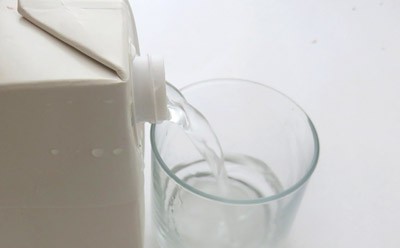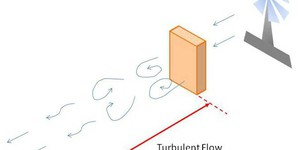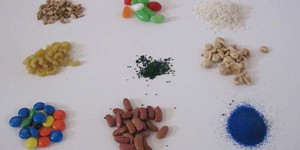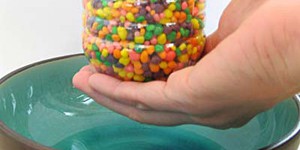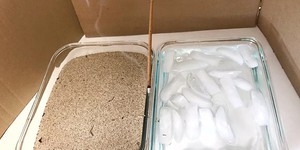Summary
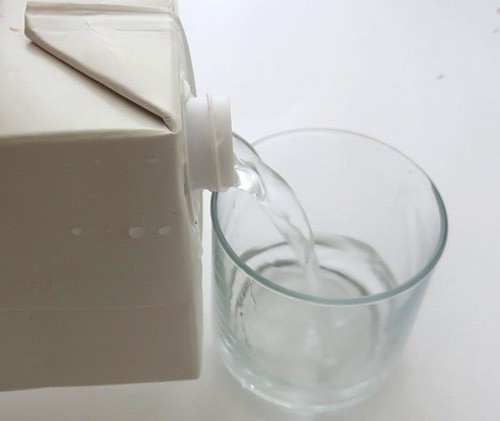 Image Credit: Sabine De Brabandere, Science Buddies / Science Buddies
Image Credit: Sabine De Brabandere, Science Buddies / Science Buddies
Introduction
Do you ever wonder why we perform tasks in a particular way? Very often, we learn by copying someone and never stop to question if there is a more efficient or easier way to do something. This activity is about the tricky task of pouring from a full container. Could there be an easier way to do it?
Materials
- Empty rectangular shelf-stable soup or milk box with a spout on top
- Water
- Marker
- Glass or cup to pour into
- Paper towels or rag to dry off spills
- Optional: Paper and pen
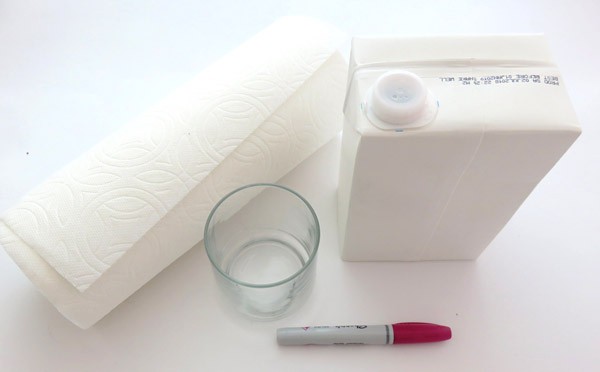 Image Credit: Sabine De Brabandere, Science Buddies / Science Buddies
Image Credit: Sabine De Brabandere, Science Buddies / Science Buddies
Prep Work
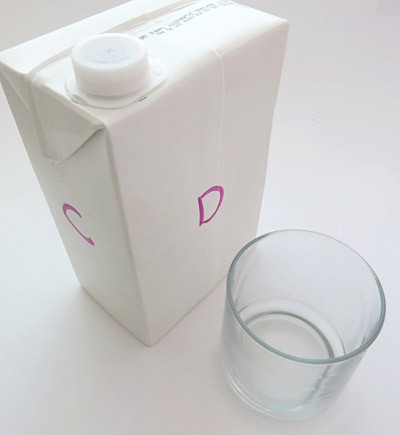 Image Credit: Sabine De Brabandere, Science Buddies / Science Buddies
Image Credit: Sabine De Brabandere, Science Buddies / Science Buddies
Instructions
- Choose a place where water spills can be easily cleaned up.
- Fill the box with water. The water level should be about ½ inch from the top. Pour some of its contents rather quickly into a glass (or cup) in the way you usually do.Which side panel do you grip while you pour? Is the flow fast or slow? Does the water flow fluently? Do you think there are other ways to pour? If there are, would those work better, as well, or worse?
- If you poured quite slowly, repeat previous step, but pour faster and see how this changes how the water flows.
- Empty the glass and add more water to the box so it is filled to the same level as before. Again, pour some water rather quickly into the glass, but this time, hold a different side panel.Is this easier or harder compared to the way you usually do it? How does the water flow when you do it this way?
- Repeat previous step two more times, each time holding the box by a different side panel. Rank the ways you poured water from preferred to least preferred, and from a laminar (or fluent) water flow to a turbulent (or chaotic) one. If you have a sheet of paper and a pen, write down your ranking.
 Image Credit: Sabine De Brabandere, Science Buddies / Science Buddies
Image Credit: Sabine De Brabandere, Science Buddies / Science Buddies
- Repeat the whole experiment two more times. As you repeat the experiment, pay attention to how far you tilt the box before water pours out, and whether or not the spout is fully covered with water.Do you get the same ranking each time? Can you explain why the water flows differently depending on which side you hold the box to pour?
Cleanup
What Happened?
You might think the box was empty when you poured all the water out, but it was not. Something else filled the box—something you cannot see: air. If liquid is poured out, another fluid like air will take its place or the container will collapse. In your case, the container probably held its form and air rushed in.
When you poured while gripping side panel C, air can flow in and water can pour out simultaneously. The two flow alongside each other, resulting in fluent or laminar flows. When you poured while holding side panel A, a much smaller tilt of the box made the water pour out and it almost instantly covered the spout completely, leaving no room for air to flow in. If the need for air to flow in gets big enough, it in can stop the water flow for a moment, which results in water glugging out. Each glug is accompanied by a break for air to flow. This is an example of a chaotic or turbulent water flow, which is much harder to control.
Digging Deeper
Almost everything around us is either a solid like a wooden block, a liquid like the water you drink, or a gas like the air you breathe. These are all made up of tiny particles, but the strength by which they connect to each other differs. In solids, these particles hold on to each other tightly. For liquids and gases, these particles can flow over or alongside each other. That is why liquids and gases are also called fluids: because they can flow. This flow can be smooth, chaotic, or anything in between. A smooth flow is called a laminar flow, and its opposite is called a turbulent flow.
When you pour fluid out of a container, you remove particles from that container, leaving an "emptiness" behind. One of two things can happen as a result: the container can collapse and become smaller, or another fluid can rush in and fill the emptiness. This happens because the tiny particles that make up a fluid press against everything around them. As long as the particles inside the container press about as hard as the particles on the outside, the container will hold its form. If fluid flows out, there are suddenly many fewer particles pressing on the inside of the container while the pressure on the outside remains constant. As a result, the container might collapse.
In other circumstances, another fluid will rush in, fill the emptiness, and help press against the inner walls so the pressure inside and outside are equal again. If one fluid can flow in and another fluid can flow out simultaneously, the two flow alongside each other, resulting in fluent or laminar flows. You probably saw this when you poured while gripping side panel C. Holding the box by this side allows you to tilt the box quite far before the water level reaches the spout. This makes it easier to create a nice stream of water without filling the spout opening entirely, leaving space for air to flow in while water pours out.
When you poured while holding side panel A, a much smaller tilt of the box made the water pour out and it almost instantly covered the spout completely, leaving no room for air to flow in. As water pours out and there is nothing to replace it, a pressure imbalance builds up. If this imbalance is great enough, the water flow can stop for a moment to suck in air, which results in water glugging out. Each glug is accompanied by a break for air to flow. This is an example of a chaotic or turbulent water flow, which is much harder to control.
Ask an Expert
For Further Exploration
- Do you think your findings are still true if the box is half full or nearly empty? Would your findings still hold if you poured really slowly? Try it out and see if you can explain why.
- Repeat the experiment after making a hole in the top panel of the box. Keep using the spout to pour. How does this change your rankings? Did it make pouring easier? Why?
- Experiment with reusable water bottles. Do some show turbulent flow when water is poured quickly? Some water bottles have a small hole in addition to the spout in the lid—why would this be? How come liquid does not flow out from this small hole?


